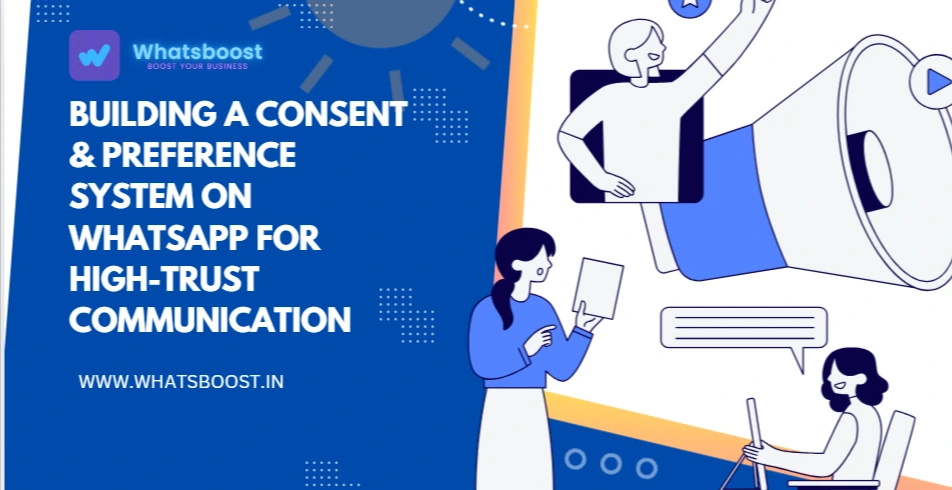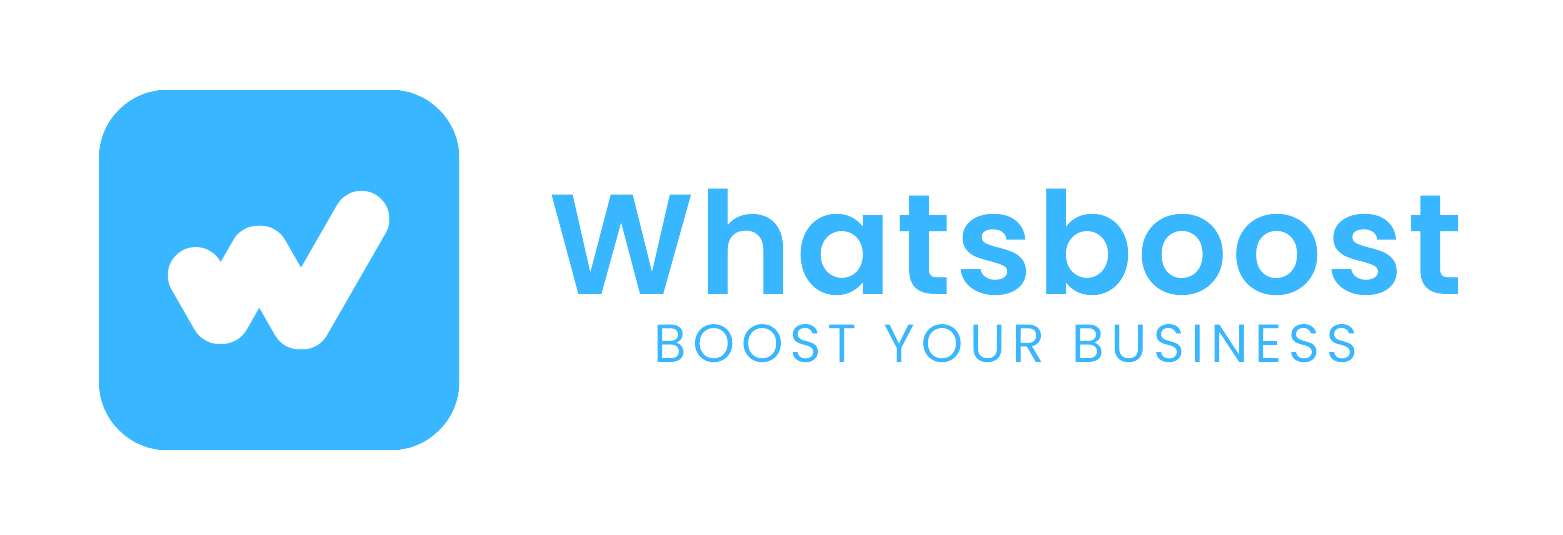
Building a Simple Consent & Preference System on WhatsApp to Keep Communication Respectful
Gain control and trust with a clear-cut WhatsApp consent and preference setup for your small business—so every message is welcomed, relevant and respectful, not intrusive.
If you’re a coach, consultant, agent or running any small service-business, you know how powerful WhatsApp can be: a direct line to your audience, high engagement, minimal friction. But with that power comes responsibility. What happens when you message someone without clear permission? Or you send content they didn’t ask for? It erodes trust, triggers blocks and damages your brand.
In this article, we’ll walk you through how to build a simple consent-and-preference system on WhatsApp so that the people who message you have agreed to receive your communication, know what they’ll get, and can choose how and how often you contact them—the result: more genuine interactions, fewer complaints, and a stronger relationship with your audience.
Why Consent & Preference Matter
-
Respect builds trust: When someone chooses to let you in, it creates mutual respect. Without that, even a helpful message can feel like an intrusion.
-
Prevention of abuse and blocks: Platforms monitor misuse. If your number is flagged for unwanted messages, your reach drops—or worse, you may be restricted.
-
Better targeting and relevance: If you know what types of messages someone wants and how often they’re okay with them, you send what they actually appreciate, and engagement goes up.
-
Long term brand health: When your audience feels valued, they stay subscribed, refer friends, and respond when you have something important. When they feel spammed, they leave and your channel weakens.
Core Components of the System
A consent-and-preference system can be built with three inter-connected components: (1) Consent capture, (2) Preference collection, and (3) Ongoing management & audit.
1. Consent Capture
This is the moment someone says “yes, you may message me on WhatsApp” (or “no, thank you”). To do this right:
-
Ask clearly: State your business name, mention you’ll send messages on WhatsApp, and specify the kind of messages (updates, offers, news, support).
-
Make consent voluntary and obvious: No hidden opt-in, no pre-checked boxes, no implied “just because you entered your number”.
-
Record proof: Keep a log of when and how consent was given (date, channel, what wording was used) in case you need to show it later.
-
Avoid retroactive or ambiguous messaging: If someone gave you a phone number but did not clearly agree to WhatsApp messages, don’t assume consent.
2. Preference Collection
Once someone consents, you can go a step further and ask: “What type of messages would you like? (e.g., ‘Only appointment updates’, ‘Weekly tips’, ‘Special offers’)” and “How often is okay? (Once a week, once a month)”. This gives you layered permission and makes your communication more relevant.
-
Segment by type: Support updates, educational content, promotional offers.
-
Segment by frequency: Weekly digest, real-time alerts, monthly summary.
-
Provide options to change preferences at any time.
This lets you send less but better rather than just more.
3. Management & Audit
A system is only as good as what you keep track of and act on. You should:
-
Keep a database of consent records and preference settings for each subscriber.
-
Provide an easy opt-out or “pause” option for messages. If someone says “STOP” or “No more offers”, honour it promptly.
-
Review and update your messages: Make sure what you promised (in consent) matches what you sent Respect limits and avoid unwanted frequency. Over-messaging leads to fatigue and blocks.
Step-by-Step: How to Build It for Your Business
Step 1 – Map Your Message Types
Start by mapping the kinds of WhatsApp messages you might send: for example: “Tuition class schedule updates”, “Monthly study tips”, “Special coaching offers”. Decide which are essential (transactional) vs optional (promotional).
Step 2 – Prepare the Consent Request
When someone signs up via your website, in person or at the checkout, include a consent checkbox:
“Yes, I’d like to receive updates on WhatsApp from [Your Business Name] (updates, tips and occasional offers). I understand I can unsubscribe at any time.”
Make sure you store: name, number, date/time, source of consent.
Step 3 – Add Preference Options
Once they’ve opted in, send a friendly message via WhatsApp like:
“Thanks for joining our community! Please let us know which types of content you’d prefer: (1) Class timing updates (2) Study-tips (3) Special offers. And how often would you like to hear from us? Reply “A-1” etc.”
Log their replies and tag their profile accordingly.
Step 4 – Build Your Communication Plan
Use the tags/preferences to determine which segment gets which message. For example:
-
Segment A: Timing and schedule updates only → once a week.
-
Segment B: Study tips → twice a month.
-
Segment C: Offers → once a month, only if they opted in.
Step 5 – Opt-out & Changes on Demand
Always include an easy opt-out mechanism: e.g., “Reply STOP to opt-out of offers”. On receipt, update the user’s status immediately. Also allow them to change preferences by replying “PREFERENCES”.
Step 6 – Review Regularly
Every month or quarter:
-
Check how many opted in vs how many unsubscribed.
-
Review if message frequency is too high (leading to blocks).
-
Check if what you promised is what you delivered (match types and frequency to consent).
-
Clean up users who haven’t engaged in a long time — you can send “Are you still interested?” message, then remove if no reply.
Common Mistakes to Avoid
-
Assuming consent: Many businesses import contact lists without proper WhatsApp opt-in. That’s risky and often leads to account issues. (Step4Growth)
-
Vague consent language: If your opt-in says only “updates” but you then send daily offers, recipients feel misled.
-
High messaging frequency: People unsubscribe or block if messages come too often or seem irrelevant.
-
Hard to unsubscribe: If a user has to hunt to stop messages, your brand loses trust fast.
-
Ignoring preferences: If someone chose “only class updates” but then receives “special offers”, you’re violating the preference layer.
Why This Works for Service-Oriented Small Businesses
For coaches, tuition class owners, consultants and agents, WhatsApp is a personal channel. It’s not just another broadcast vehicle—it’s a space someone uses to connect with people they know. When you treat it like a personal medium: ask permission, tailor content, respect pace—you win trust. And trust leads to referrals, positive word-of-mouth and better long-term relationships.
When the right person consents and sets their preferences, they’re no longer just a number—they’re a valued contact who expects something from you and is willing to engage. That’s a big difference from blasting generic messages and hoping for a reply.
Closing Thoughts
Building a consent-and-preference system on WhatsApp doesn’t have to be complicated. You don’t need heavy tech or huge budgets. What you need is clarity, respect for your audience and consistency in how you communicate.
Start with:
-
Asking explicit permission.
-
Letting them pick what they want and how often.
-
Keeping your promise.
-
Always giving them an easy way out.
Do this and you’ll move from being just another business in someone’s inbox to being a brand they welcome. And in the world of small service businesses, that difference makes all the difference.
